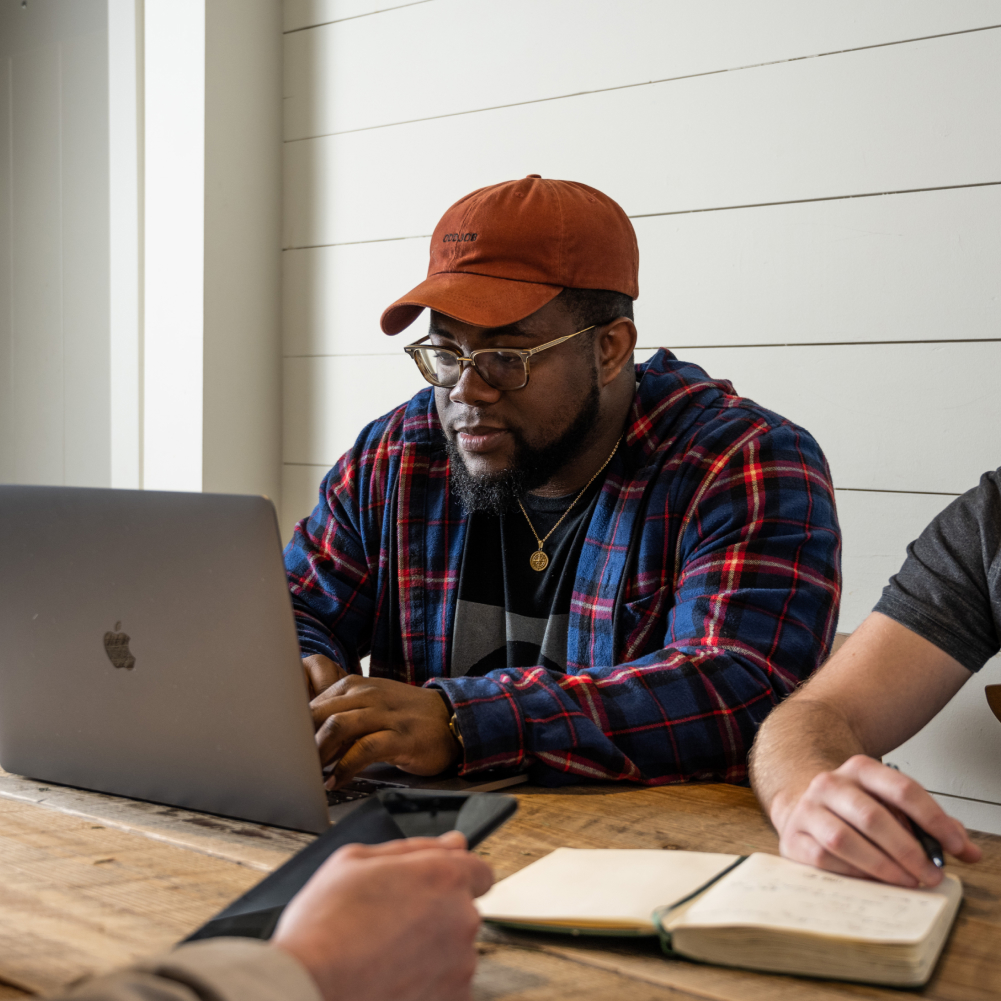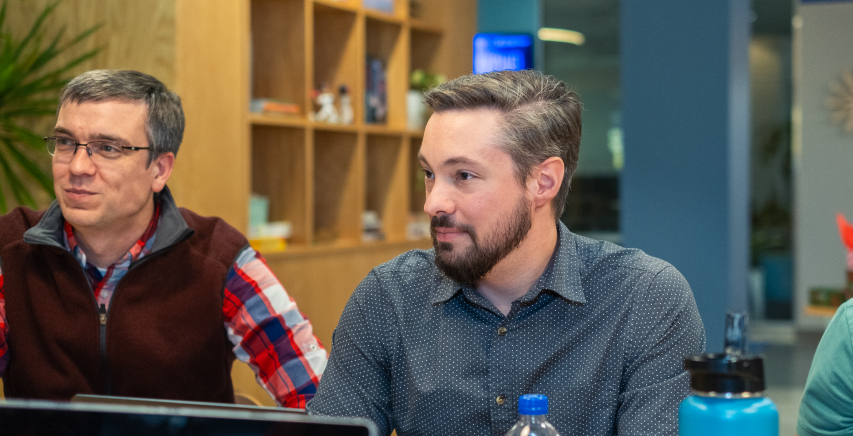Part 4 in the Series, Web Basics: How to Crush Your Next Website Project
Introduction
So far, in our series Web Basics: How to Crush Your Next Website Project, we have discussed Discovery, Design, and Content. In this post, we’ll take a deeper look at the Development Phase, and answer some common questions that clients have about this often misunderstood, and seemingly mystical part of the web project process.
The Development Phase of the project consists of programming/coding the Front End (what you see when you visit the site) and the Back End (how the site works behind the scenes, and how to edit the site using a CMS*).
*CMS means Content Management System, and WordPress is the world’s most widely used CMS. At Classic City, we build nearly all of our websites on WordPress.
What is Happening During Development?
For Classic City, our Development Phase typically lasts from 4-8 weeks, depending on the complexity of the project and the technical requirements. During this phase, there is often a period of time where there isn’t much to show or demonstrate. This quiet period can sometimes cause clients to wonder what work is being done, and why there’s nothing to see.
As Lead Developer at Classic City, let me pull back the curtain a little bit about what we developers are doing for all these weeks. If you’re working with us, we’re building you a completely custom design on the WordPress CMS. This means that we are not using pre-built templates. There are many reasons to use a WordPress template, and many reasons not to. This is not the post to discuss that, but for almost all of our clients, a custom-designed and custom-coded website is the route that is chosen.
A custom site means that the possibilities for design and functionality are next to limitless, but that brings with it a few important things to keep in mind:
A custom site means that nothing is assumed
Every piece of functionality needs to be explicitly requested during the requirements gathering part of the Discovery phase. So, if you need a searchable map, or you want to have team member bios that display in a popup modal or any other functionality, it needs to be requested specifically because if it’s not specified, it’s not included.
A custom site means more control and better performance
Having a site where no extra bells and whistles are pre-included may seem like a downside to custom-built sites, but let me assure you, your performance with page speed (and thus, search engine ranking) will show that this is actually a plus. With a custom-built site, you (or more specifically, your developers) know exactly what code is on the site. The more bulky your code is, the less optimally your site will perform, and the slower your site’s pages will load. Google, and other search engines, place high importance on page load time, and you will rank lower if your website is too slow.
For this reason, we always develop sites to only include the necessary code to do exactly what your site needs to do. A note about WordPress Plugins: One of the primary advantages of WordPress is the ability for the site functionality to be extended by the use of 3rd-party plugins. Plugins allow you to quickly add functionality to your site, often without having to edit or add any new code yourself. However, it’s important to remember that adding plugins does add more bulk to your site, and may decrease website speed performance, increase security risks, or even cause critical conflicts that break your site. We use plugins sparingly when they fit a specific use, but we limit their use as much as possible and often opt for custom building the desired functionality. Again, this is about control and performance.
A custom site takes some time
Every single element in a custom-built site is…custom built. At this point in the web project, we’ve identified your audience and necessary site functionality created a solid site architecture, and designed world-class visual mockups of what your site will look like. Now, during this time of coding and programming, building all of this from the ground up takes a bit of time.
First, your development team will write clean, SEO-friendly HTML code. Simply put, HTML is the language of the web, and it tells your browser what elements live on the page, where they go, and what content to display inside of those elements.
Next, the developers connect the HTML code to the CMS (WordPress) so that each element that needs to be editable is editable from the admin section of WordPress. PHP is the language used by WordPress (and many other CMSs) to dynamically connect the admin section of the site, through the database, to place that content into the HTML. (If you’re a developer, you know the parts of this that I’ve overly simplified here.)
Then, for any elements that need to change or move on the page, JavaScript is usually used. This is the language of interactivity. If you have a modal window or elements that move, that’s probably powered by JavaScript in some way.
Finally, the developer will style the elements of your site using CSS. CSS is the language of looks. The difference between HTML and CSS is that HTML says what’s on the page, and CSS says what it looks like. So ever color, size, placement, margin, transition, hover-state, and more…that’s all CSS. And every different style has to be written to make your site look awesome.
What Should I Be Doing While All This is Going On?
As I mentioned in the last post, the Development Phase often runs concurrently with the Content Phase, so spend this time making sure that your content is ready and right. Feel free to ask questions during this time. You’ll still be having regularly scheduled meetings with your project manager during this time, so if there are things you’re unclear about, or want more information on, use this time to iron out those details. Feel free to ask for specific updates on how development is going, to make sure that we’re still on track for the agreed-upon timelines. And don’t be afraid to ask if there is anything to see yet. Sometimes, there are elements that are ready to show, even if not everything is ready.
I hope this gives a small view into what is going on while we’re in the vacuum of development. Next week, we’ll be discussing the Testing & QA phase, where you’ll get to see your fully-developed site, in action.

